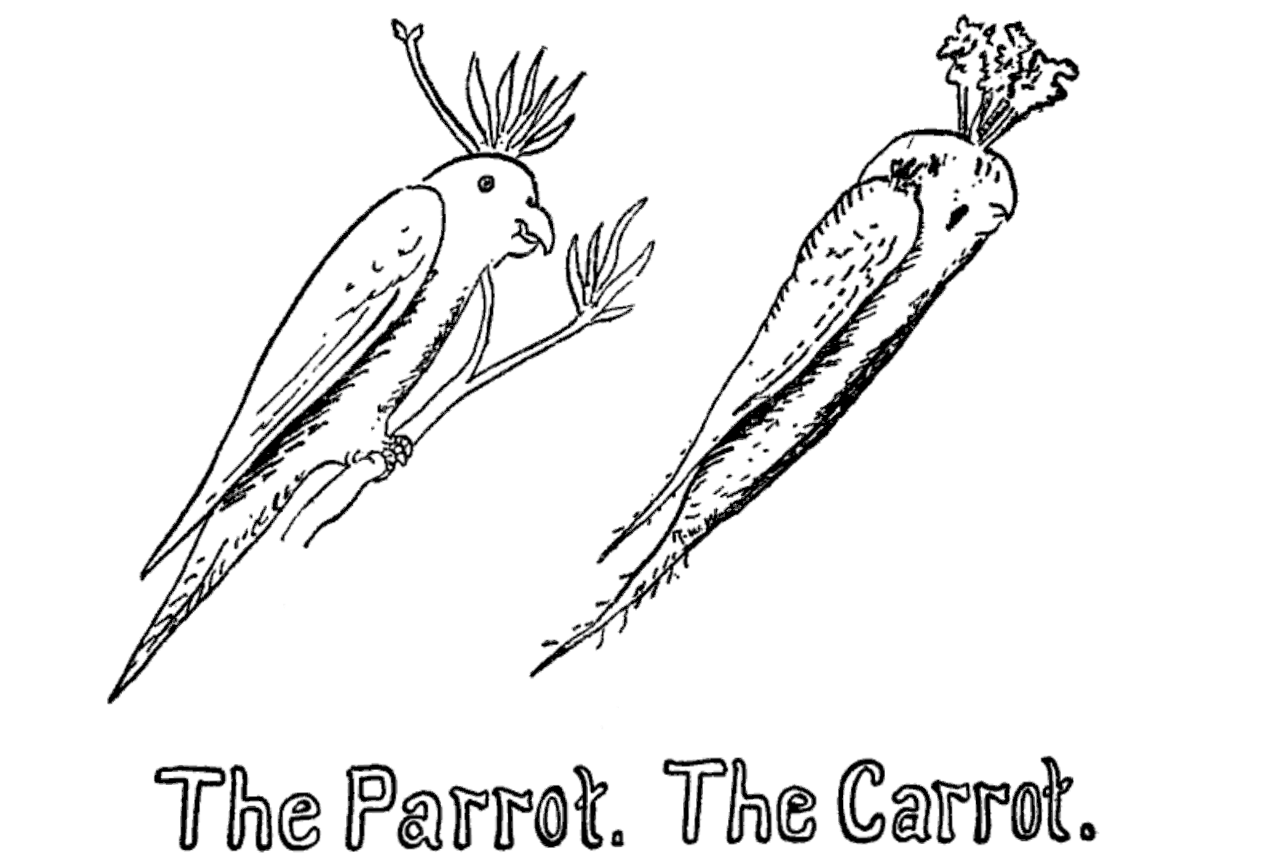Post#95 by Sangom:
Smt. Renuka,
I think you forget the cardinal truth that Hindu religion was for only the three upper castes or Dwijas. Here is what Yajnavalkya Smriti (one of the many Smritis, and one which I was reading just now.) says:—
…………<clipped>…………………
Therefore, the Gounder could not have thought of any mantra being chanted for any function, say 100 years or so before now. That is the point. We, in the present days, are merely trying to stretch, skew and shear this original unadulterated Hinduism as though it had been a democratic and universal thing — trying to make a peacock out of a crow, sort of!
Nothing can be farther from truth.
The learned member has made the following observations flippantly.
1. ” the cardinal truth is that Hindu religion was for only the three upper castes or Dwijas.”
2. “the Gounder could not have thought of any mantra being chanted for any function, say 100 years or so before now.”
3. “. We, in the present days, are merely trying to stretch, skew and shear this original unadulterated Hinduism as though it had been a democratic and universal thing — trying to make a peacock out of a crow, sort of!”
Along with Yajnyavalkya smriti, which he is reading, I would request him to go back a little farther and read the following scriptures also:
a. Chandokya Upanishad IV.2.1-5. Briefly this describes how a Shudra by name Janasruti approached a Brahmin by name Raikva and learned brahmavidya (Vedas).
b. Rigveda Book 1, Hymn 18. The particular Pathikam starts with the words”sOmAnamswaranam….”. It speaks about a certain Kakshivandan who was the son of a Shudra woman by name Usikai. In those lines Kakshivandan is praised as a learned vedic pundit.
c. Aitareya Brahmanam, Panchik 2, Adhyay 3. It begins with how a hunter (a panchaman and not even a shudra) by name Kavasha did VedAdyayana and performed Yaga. Also refer to Rigveda 7[SUP]th[/SUP] Ashtaka in which Kavasha is credited with some manthras there.
d. and the story of Japala is well known to many people. His story is told in Chandokya Upanishad 4[SUP]th[/SUP] PrapAta. It explains how Japala was told by his mother JApAlai that she did not know the gothra of her son because he was born when she was young and when she was not knowing the father of her son. She further tells her son that his name was SatyakAman. She further instructs her son to go to his Brahmin teacher and tell him just that he was the son of JApAlai and that his name was Satyakaman. Harithrumatha, the Brahmin Guru, was impressed by Satyakama’s love for speaking truth and performs Upanayana for him preparatory to teaching Vedas. He further teaches him Vedas. So one who does not know his father and who did not even know his gothra was also taught Vedas.
The above is only selected few instances where it is seen teachers belonging to the three varnas teaching Vedas to Shudras, doing an upanayanam to a Satyakama who did not know his father or his gothra, and to a panchaman. There are other instances in the Srutis but they are left out considering the space. It is the later day smritikarthas who unnecessarily made a mess of everything. Between Sruti and smriti, Sruti is always accepted as authoritative and final. And incidentally we call those who give great importance to smritis to the exclusion of srutis as smarthas. LOL.
So getting back to our learned member, after reading all the material referred above, I hope he will change his perception about the Hindu religion.
@ The cardinal truth is not that Hindu religion is or was for the three upper caste dwijas.
@ The Gounder, if he was well informed, would have understood that he, as a hindu, had the natural right to chant mantras and teach them too.
@ There is no attempt to stretch, shear or skew the “original” Hinduism, nor is there any attempt to make a peacock out of a crow. One who sees a crow now and a peacock the next moment is perhaps suffering from color blindness and needs to consult a good doctor. LOL. Just pulling the leg- and no residual malice.

